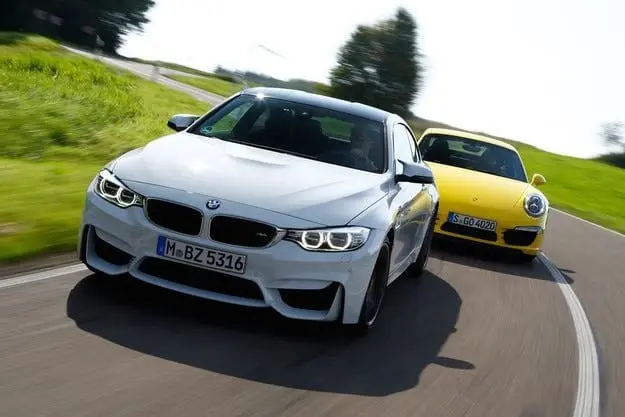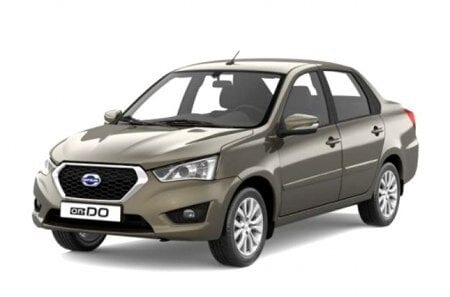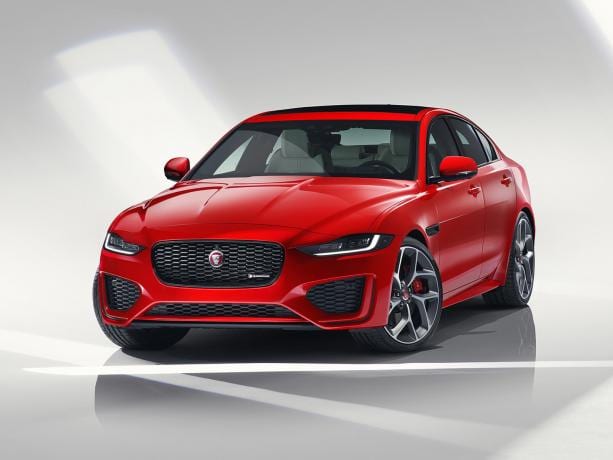
Тест драйв BMW M4 против Porsche 911 Carrera S: может ли новый M4 побеспокоить вечный 911?
Содержание

С новым шестицилиндровым битурбомотором с тягой 550 Нм. BMW M4 наверное разгоняется быстрее, чем Porsche 911 Carrera S. Но покажет ли он превосходство и в поворотах?
Каждый автолюбитель когда-то мечтал о Porsche 911. Однако осуществить эту мечту смогли лишь единицы. Сложность в этом случае заключается в том, что доступные альтернативы также редки. Но они все еще существуют. Например в виде BMW M4. Конечно, баварский тоже не из дешевых, но с другой стороны, в Германии он стоит более чем на 30 000 евро дешевле Porsche Carrera S — это соответствует цене VW Golf GTI Performance.
BMW M4 предлагает 431 л.с.
И у BMW M4 есть все предпосылки разделить квадрат с 911: 431 л.с. мощность, крутящий момент 550 Нм и высоко ценимый опыт M GmbH в области шасси, ценимый даже инженерами Porsche. Именно это мы и намерены сейчас изучить.
Нажмите кнопку запуска на BMW M4. Штатная битурбо-шестерка лает почти как гоночный байк — то есть удивительно грубым тоном. Трехлитровый агрегат идет от 435i, но претерпел практически капитальный ремонт: ГБЦ, корпус, шатуны, поршни, коленвал — все новое. Ну и конечно два турбокомпрессора вместо одного. В сочетании с модифицированными выпускными коллекторами и специально разработанной выхлопной системой все это создает нонконформистский звук шестицилиндрового двигателя.
Жалко, что эта акустика лишь частично перенесена в салон BMW M4. В свою очередь, окружающий мир буквально купается в звуковых волнах. Иногда трехлитровый двигатель ревет, как боксер, затем кричит, как 180-градусный V8, а затем посылает звуки трубы в небо. Но было бы хорошо, чтобы все это доходило до ушей пилота, а не посторонних.
Трехлитровый агрегат обладает достаточной тягой. Конечно, сначала два турбокомпрессора должны начать набирать обороты, но даже в фазе атмосферного наполнения рядный шестицилиндровый двигатель тянет серьезно, переход проходит плавно и переходит в бешеный рывок вперед до 7300 об / мин. Семиступенчатая коробка передач с двойным сцеплением (3900 евро) всегда готова с правильной передачей. В режиме Sport plus педаль акселератора реагирует даже слишком сильно — при движении по городу избежать рывков можно только с большой чувствительностью. И еще: если не менять настройки КПП на третьей передаче, придется мириться с довольно громоздким понижением передачи.
Хоккенхайм BMW M4 в режиме M2
Но мы уже на трассе в Хоккенхайме, а точнее, на Short Course, предварительно настроив BMW M4 максимально спортивным образом. На рулевом колесе есть две очень полезные кнопки, M1 и M2, которые можно произвольно запрограммировать с желаемым набором настроек. Рекомендация автора для нормальной дороги (M1): амортизаторы в режиме Comfort для лучшего сцепления с дорогой, ESP в спортивном режиме для чуть более рыхлых «уздек», двигатель и рулевое управление в положении Sport.
Кнопка M2 запрограммирована с настройками BMW M4 для Хоккенхайма: амортизаторы и двигатель Sport plus, спортивное рулевое управление и выключенная ESP. Это требует особо чувствительной ноги на педали акселератора, но приводит к наилучшему результату — в противном случае электроника часто вынуждена сдерживать и останавливать 550 ньютон-метров.
BMW M4 мчится по последней прямой, а спидометр в конце показывает почти 200 км / ч. Жесткое торможение, при котором уже нагруженная передняя ось подвергается еще большему давлению, а задняя — разгружена. ABS активно и непрерывно вмешивается, чтобы обеспечить продольную устойчивость. Это снижает эффективность торможения, как показывает анализ измеренных данных.
BMW M4 требует чувствительной ноги на педали акселератора.
Нордкурфе поворачиваются и ноют передние шины. Если вы повернетесь слишком поздно, вы их перегрузите, в результате чего вы развернетесь до выхода из поворота. Вот почему мы входим медленнее, а уходим быстрее. Здесь самое главное — хорошая дозировка 550 ньютон-метров, иначе задняя ось будет служить. Если взять дроссельную заслонку, задние колеса снова «кусаются» — относительно резко, что требует ловкости противодействия рулевому колесу. Вы также можете стабилизировать небольшой дрейф с помощью педали акселератора, но это повлияет на среднюю скорость круга. В Хоккенхайме нам нужно время, чтобы привыкнуть к характеру BMW M4 и изучить его особые манеры. После оптимального круга секундомер останавливается на отметке 1.13,6 минуты.
Может ли модель Porsche упасть ниже этого значения? Carrera S быстрая, очень быстрая. Автомобиль имел возможность доказать это в многочисленных тестах спорткаров. Но ему тоже есть что терять — это полувековая репутация настоящего немецкого спорткара в чистом виде. Может ли инженерное творение, в котором древняя схема привода непрерывно совершенствовалась на протяжении многих поколений, все еще способно победить конкурентов? Поединок начинается с измерения ускорения. Волна крутящего момента выбрасывает более тяжелый 154 кг BMW M4 на две десятых секунды быстрее, до предела 100 км / ч. Матч-реванш в тесте дорожной динамики: в слаломе между пилонами на расстоянии 18 м преимущество имеет более легкий 911. Его задняя часть принимает более активное участие в повороте и на одну идею быстрее объезжает конусы. Разница в остановке больше. В этом случае установленный сзади мощный оппозитный двигатель оказывается преимуществом — он толкает заднюю ось, колеса которой способны передавать большее тормозное усилие на дорогу.
Командование и исполнение
Матч должен быть решен в Хоккенхайме. Первый сюрприз Краткого курса: сначала все в Porsche 911 становится на свои места намного быстрее. Мне нужен всего один объезд, чтобы привыкнуть — и теперь я могу долететь до границы. Второй сюрприз: модель Porsche выглядит на целый класс автомобилей меньше, чем BMW M4. Тем более что он всего на два сантиметра уже — все дело в субъективном восприятии. Carrera S напрямую взаимодействует с водителем — быстрее выполняет команды и передает их с большей точностью. Третий сюрприз: в отличие от M4 здесь нет недостаточной поворачиваемости. Как только вы входите в поворот с затянутым тормозом, 911 мягко выдвигает заднюю часть и позволяет идеально расположиться.
На Porsche 911 нет недостаточной поворачиваемости
Как все сложится сейчас, зависит только от личного стиля пилотирования. Если вы ускоряетесь плавно, но стабильно, вы будете преодолевать вершины поворотов удивительно нейтральным образом, а со временем круга 1.11,8 минуты вы будете быстрее, чем с BMW M4. Если вы отпустите дроссельную заслонку, а затем повторно загрузите заднюю ось, вы будете скользить по углам с плавным заносом. На самом деле, немного медленнее, но с гораздо большим удовольствием — до сих пор ни один 911 не позволял управлять с такой легкостью при боковом скольжении.
Будет ли Carrera S так спонтанно входить в повороты и так стабильно останавливаться со своим базовым оборудованием даже после длинного круга, все еще остается под вопросом. Потому что тестовый автомобиль появился на Хоккенхайме, чему способствовали такие опции, как спортивная подвеска с компенсацией качания (4034 евро) и керамические тормоза (8509 евро). Это прибавляется к базовой цене в 105 173 евро вместе с коробкой передач с двойным сцеплением за 3511 4 евро. Но даже значительно худшее соотношение цены и качества не мешает Carrera S превзойти BMW MXNUMX, хотя и всего на одно очко.
Текст: Маркус Петерс
Фото: Розен Гарголов
Главная » Статьи » Заготовки » BMW M4 против Porsche 911 Carrera S: может ли новый M4 побеспокоить вечный 911?

